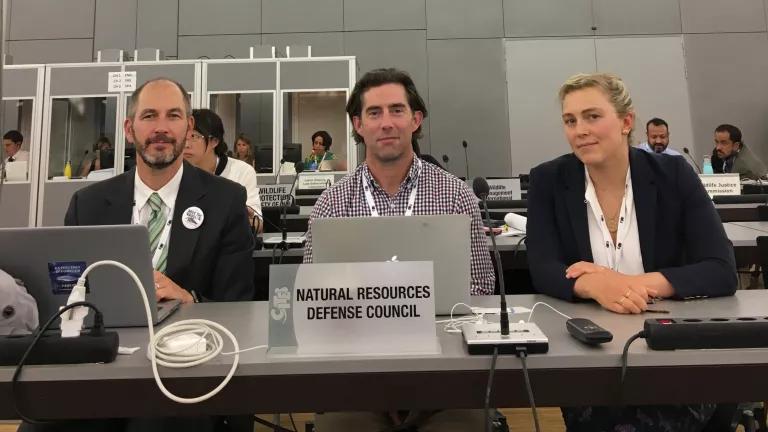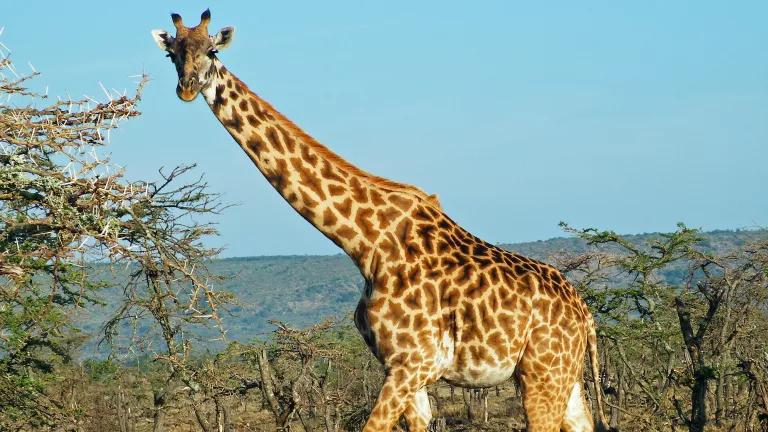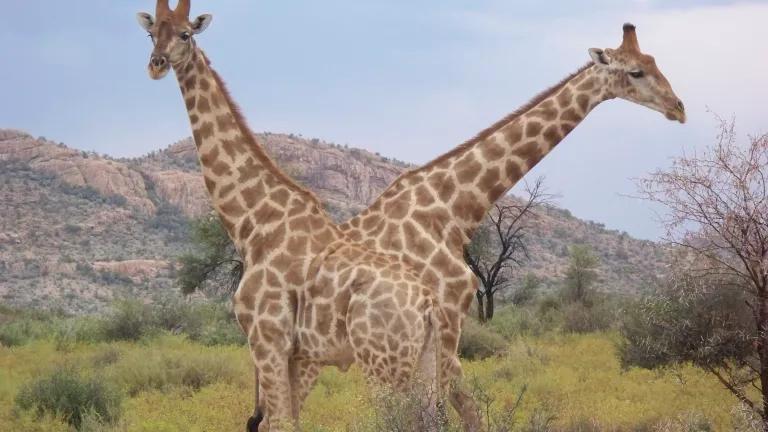It’s Groundhog Day for Rhinos at CITES CoP18
At the 18th Conference of the Parties (COP) to the Convention on International Trade in Endangered Species of Wild Fauna and Flora (CITES), which takes place August 17-28, the Parties will again vote on whether to legalize the international commercial trade in rhino horn.

Currently, all five rhino species (Black, Indian, Sumatran, Javan, and White) are protected under CITES Appendix I, meaning the commercial trade in these species is strictly prohibited, with the exception of South Africa and Eswatini’s (formerly, Swaziland) southern white rhino populations, which are listed in Appendix II.
Enter Eswatini and Namibia. They are now arguing that they should be allowed to sell their southern white rhinos on the international market. Eswatini wants to sell its rhino horn from both live rhinos and stockpiles, while Namibia hopes to sell hunting trophies and live animals. If this rings a bell, it may be because Eswatini submitted a similar proposal at the last COP in Johannesburg, South Africa three years ago, which was soundly defeated. Additionally, South Africa has submitted a proposal to essentially double its trophy hunting quota for black rhinos, which are listed as Critically Endangered on the IUCN Red List of Threatened Species.
Different day. Same bad ideas.
African rhinos are under severe pressure from poaching and illegal trade, which the United Nations' IPBES report recently identified as one of the top drivers of biodiversity loss. Combine this with droughts, ecosystem destruction, and habitat fragmentation, and rhinos are suffering big time. By most estimates the black rhino is only a decade away from extinction, and other species aren’t faring much better due to continued demand for rhino horn, which is used in traditional medicines in some Asian countries.
Eswatini, Namibia, and South Africa's rhino populations are no exception. Eswatini’s already-small population of southern white rhinos declined from 73 in 2017 to 66 because of poaching and the recent drought. Namibia has experienced a significant increase in rhino poaching over the past five years, with an average of 50 rhinos poached per year since 2015 from its small population of 1,037 animals, prompting the CITES rhino working group to recommend that Namibia be considered a Priority Country for Attention. And poaching remains a major threat to South Africa’s rhinos, with more than 1,000 rhinos lost annually to poaching between 2013 and 2017 and 7,912 poached since 2007.
Allowing a legal international trade in rhino horn will open a parallel illegal market. To see how a legal market for rhino horn could serve to encourage the laundering of poached rhino horn, we need only look at the example of ivory where limited, legal ivory markets in China and the U.S. allowed these countries' illegal ivory trade to flourish for years as illegal items were passed off as legal ones. Given the difficulty of enforcing the laws in major rhino horn markets such as Vietnam, where illegally purchasing a vial of rhino-horn powder on the street can be done with relative ease, the last thing officials need is a major legal market being dumped on them. Further, in 2016 NRDC assessed the risk of a legal, international commercial trade in rhino horn and concluded that a legitimate market would likely increase poaching and its associated security costs in both wild and farmed rhino populations everywhere.
These proposals would also undermine years of demand reduction efforts, increase the burden on law enforcement, and challenge domestic laws restricting rhino horn trade in consumer countries. They would, in short, be a disaster for rhinos at a time when they’re already on the brink of extinction and we’ll be working—yet again—to ensure they are strongly defeated.




